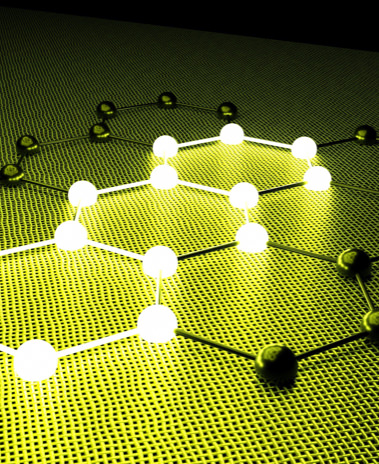
Scientists create a new type of intelligent material
Researchers have created a new class of intelligent materials. It has the structure of a two-dimensional (2D) material, but behaves like an electrolyte—and could be a new way to deliver drugs within the body.
Intelligent materials, can adapt their properties depending on changes in their surroundings. They can be used in everything from self-healing mobile phone screens, to shape-shifting airplane wings, and targeted drug delivery. Delivering drugs to a specific target inside the body using intelligent materials is particularly important for diseases like cancer, as the smart material only releases the drug payload when it detects the presence of a cancer cell, leaving the healthy cells unharmed.
In materials science, a 2D material is a solid material that exists in a single layer of atoms. It can be thought of as an atomically-thin sheet that has a specific height and width, but effectively no depth, hence, it is essentially two-dimensional. On the other hand, an electrolyte is a substance that produces an electrically conducting suspension when dissolved in a solvent, such as water.
The team achieved this feat by using organic molecules as reactive species to add different functionalities to 2D materials such as graphene and molybdenum disulfide (MoS2).
By adding different chemical groups that become positively or negatively electrically charged in solvents, we altered traditional 2D materials and came up with a novel class of smart materials that have their electronic properties controlled by morphological conformation.
Discovering this class of materials has opened up new areas of exploration for materials scientists, since it brings together two fields of research that have been traditionally unlinked, namely, 2D materials in the field of Physics, and electrolytes (in the area of Electrochemistry).
The team anticipate that as 2D-electrolytes have similarities with biological or natural systems, they are capable of spontaneously self-assemble and cross-link to form nanofibers that are promising for applications in filtration membranes, drug delivery, and smart e-textiles.
 English
English Arabic
Arabic


